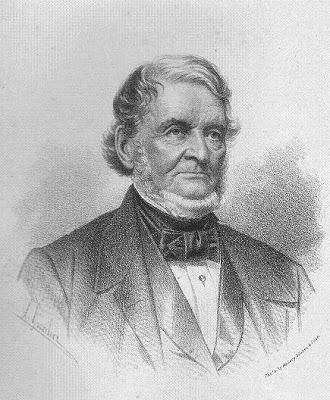Name Samuel Maverick Role Colonist | Died 1670 | |
 | ||
Chronicle of the old west samuel maverick
Samuel Maverick (c. 1602 – c. 1670) was a 17th-century English colonist in what is Massachusetts state. Arriving ahead of the Winthrop Fleet, Maverick became one of the earliest settlers, one of the largest landowners and one of the first slave-owners in Massachusetts. He signed his name as "Mavericke".
Contents

Early life and career
Maverick was born around 1602 to the Anglican priest John Maverick and Mary Gye; his father was one of the first ministers in Dorchester, Massachusetts upon migrating to the colony in 1630. Samuel's brother, Moses Maverick is also an important historical figure, in Marblehead, Massachusetts.
Samuel Maverick was in North America in 1623/4, after explorer Capt. Christopher Levett, before his father's arrival in Dorchester some years later. Samuel Maverick first settled at Winnissimet, the area of previously failed colony of Wessagussut.
Maverick settled in the area of modern-day Boston, after his arrival in Massachusetts, which he later claimed was in 1624. Some historians have suggested that Maverick arrived in the area with English explorer Capt. Christopher Levett, who made an exploration of the New England coast about that time.) Maverick built a fortified house to ward against Indian attacks and armed it with four guns. It is said to be the first permanent house in Massachusetts.
In 1628 Maverick married Amias, widow of fellow colonist David Thompson, who had been sent by Sir Ferdinando Gorges as an early explorer and settler to New Hampshire, and later settled on present-day Thompson Island in Boston Harbor. After Thompson's death, his wife inherited his properties, including Noddle's Island, the site of present-day Logan Airport. Maverick and Amias had three children, and Amias had a son from her previous marriage.
In 1631 the first ferry ran from the Maverick farm to Charlestown and Boston. In April 1633 general court granted Maverick property rights to most of the area of modern-day Chelsea excluding Prattville. In March 1635 Maverick sold his holdings outside his farm in Winnisimmet to Richard Bellingham, the deputy governor of Massachusetts, and moved to Noddle's Island. The same year he visited Virginia to buy seed corn and remained there for a year. When he returned he had two pinnaces and had also bought lots of livestock.
In 1638 Maverick bought black slaves, becoming one of the earliest slave-owners in Massachusetts. In 1640 Boston granted him 600 acres (240 ha) of land from Boston and 400 acres (160 ha) from Braintree. In 1664 he visited England and was granted an audience with the King Charles II on April 23. When he stated that he had been persecuted because he was an Anglican and a royalist, the king appointed him as one of the four commissioners to arbitrate disputes in New England. He was also to reduce Dutch influence in the colonies.
The commission was granted both military and civil powers in Massachusetts but was eventually unsuccessful. Maverick eventually gave up his possession in Noddle's Island and moved to New York.
Death
The exact date of Maverick's death is unknown; the last sign of him is a letter signed October 15, 1669. The year that he died was thought to be 1670.
